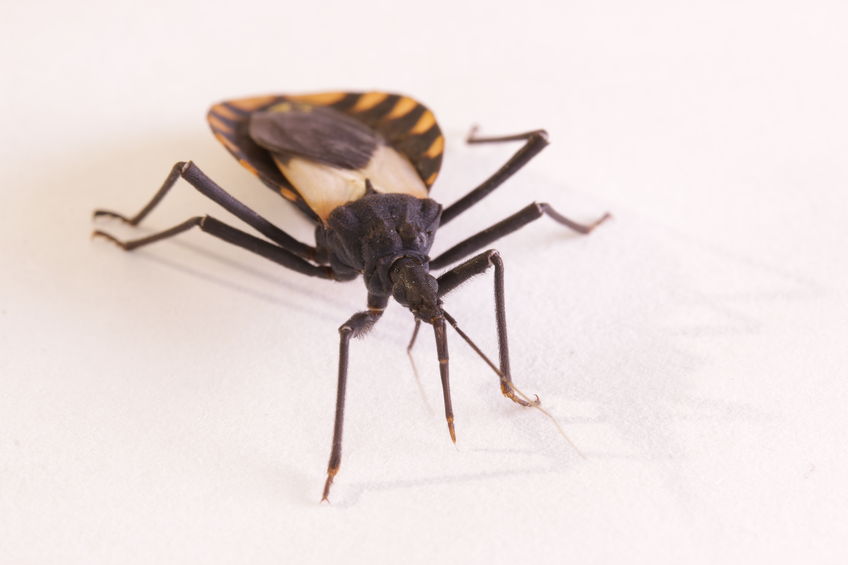Last spring, numerous media outlets released stories claiming that populations of disease-carrying kissing bugs are increasing in the United States. The story further stated that these insects were likely to transmit disease to many Americans during the summer season. As it turns out, this claim was overstated, as no American can recall a plague of kissing bugs that spread disease on an epidemic scale last summer. Kissing bugs transmit a protozoan parasite known as Trypanosoma cruzi via their bites, which leads to chagas disease. Although the probability of contracting chagas disease in the United States is well documented as being extremely low, numerous American citizens still phoned their local extension offices hoping to be told that kissing bugs were not, in fact, invading the US. Many panicked citizens even captured what they thought to be kissing bug specimens before sending them to public health authorities. However, most of these specimens turned out to be common boxelder bugs, which look similar to kissing bugs. The rest of the specimens were other insect species, and not one was identified as a kissing bug by professionals. However, this is not to say that kissing bugs don’t exist in the US. In fact, 11 different species of kissing bugs are known to exist in the southern half of the US, but chagas disease is almost never transmitted to humans in the country. Why is this?
The group of kissing bugs that are known for spreading chagas disease are referred to as triatoma, and they are far more abundant within South and Central America and Mexico. One species in particular is responsible for most cases of chagas disease, and this species is rarely found in the US. Even in South and Central America where chagas disease is endemic, the bugs do not pose a risk to humans unless they gain entrance to human dwellings. This is unlikely to occur in the US where homes are outfitted with windows, screens and doors, but many human dwellings in South America are missing these features. Furthermore, very few kissing bugs actually carry the disease-causing parasites, and they must first feed on a rodent in order to acquire the parasites in the first place. Very few rodents in the US carry the parasites, but even if an infected kissing bug does bite a human in the US, acquiring the disease is still unlikely, as the parasites do not survive for long. Even in regions where chagas disease is endemic only 1 in 1,000 to 2,500 acquire the disease after sustaining a bite. At the moment, around 300,000 people in the US have chagas disease, but every one of these individuals acquired the disease in Latin America. In all, only 30 cases of chagas disease have been documented as being acquired within the US.
Do you think that climate change will allow kissing bugs to establish larger populations within the US?

